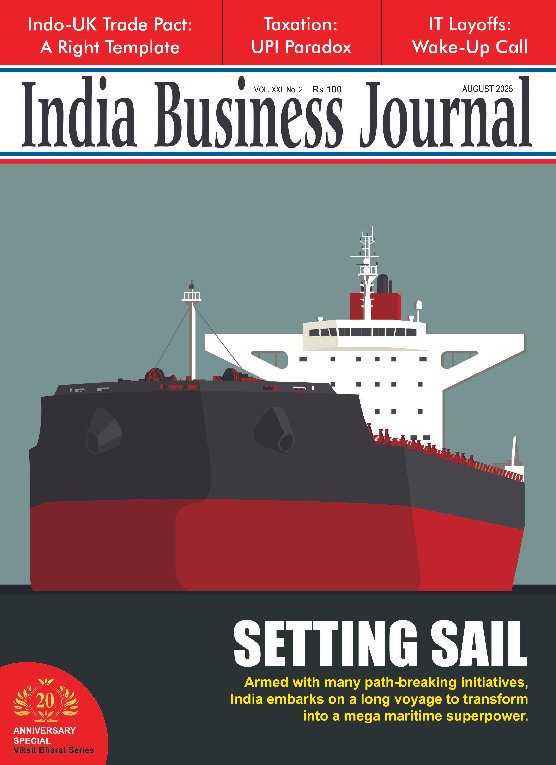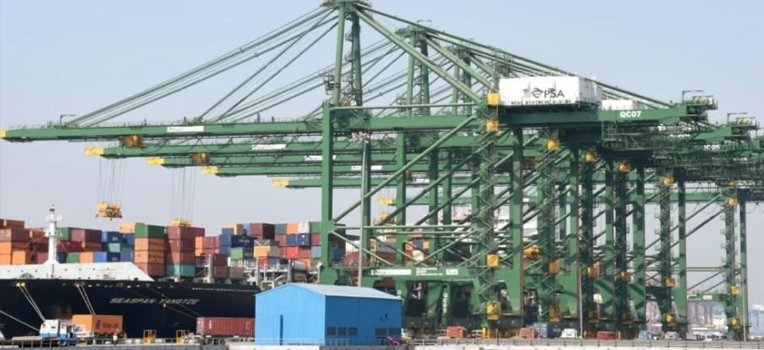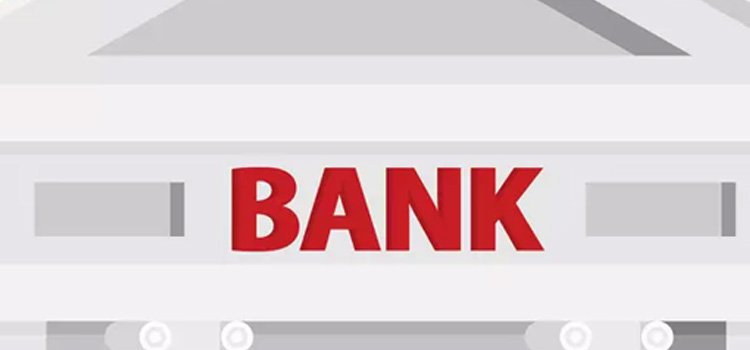WORLD
Shippers and tankers in chaos as EU’s Russian sanctions deadline nears
- IBJ Bureau
- Oct 24, 2022

A huge shadow fleet of tankers with unknown owners is amassed to serve Moscow’s interests. Intense diplomatic wrangling among US leaders to ease aggressive European Union (EU) sanctions has been going on for months, but time is ticking.
Will it be enough? With about six weeks to go before the bloc’s measures go into effect, there is little clarity as to whether those moves will really be enough to help the world’s third-largest oil producer move much of its output to buyers to stave off a supply shock.
The US has been raising the alarm for months that Europe’s sanctions against Russia could trigger such a shock. She is urging businesses to have access to EU services – particularly insurance – to avoid a price spike ahead of November’s mid-term elections. To do this, buyers would have to sign a controversial oil price cap.
What looks certain is that much of Russia’s flows are handled by a complex — and often secretive — network of ships, owners, ports and safe passages dominated by entities still willing to do business with Russia.
“If you look at how many vessels have been sold to unknown buyers in the last six months, it is very clear that a fleet is being built up to transport them,” said Christian Ingerslev, Chief Executive Officer of Maersk Tankers A/S in Copenhagen, which operates a fleet of 170 ships, none of which serve Russia.
Ahead of December 5, when the EU is set to ban Russian crude oil imports and stop providing shipping, financing and insurance coverage to related trades, the key question is whether there will be enough ships.
Shipbroker Braemar estimates that many of the recently-sold ships will need to be added to the 240 vessels to support 4 million barrels a day of Russian exports to the Far East – 102 Aframaxes, 58 Suezmaxes and 80 very large crude oil carriers –– that have been shipped over the past year transported Iranian and Venezuelan crude oil to form a large shadow fleet that will support Moscow.
“Since the war and leading up to the December 5 deadline, trade in tankers has surged by unnamed companies based in countries, like Dubai, Hong Kong, Singapore and Cyprus,” said Anoop Singh, head of tanker research at Braemar. Many are older vessels and will find their way into the Shadow Fleet, with Russian shipowner Sovcomflot also supplying some tankers.
In addition, there will almost certainly also be an increase in ship-to-ship transhipments – cargo being transferred from one tanker to another at sea. This is due to both the risk of sanctions in handling exports direct from Russian ports and the need to offload some small cargoes onto larger tankers for long-distance voyages.
However, that is a logistical challenge, especially from the Baltic Sea, Russia’s top export region.
In ship-to-ship transfers, one ship manoeuvres alongside another and attaches a pipe to allow the cargo to be pumped between the two carriers. It can last up to two days and is best done in the calmest possible waters in good weather. Some may involve a multi-step process of transferring oil from a first tanker to a floating storage facility before a further step of loading the cargo onto another vessel.





















Report By
View Reporter News